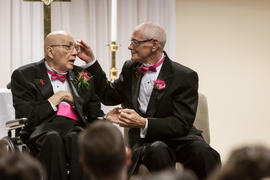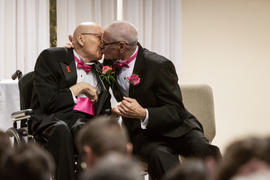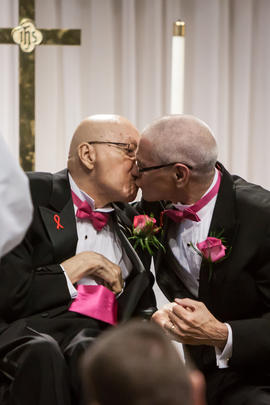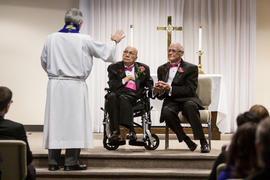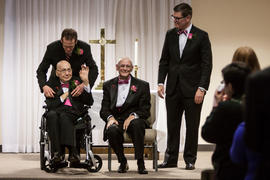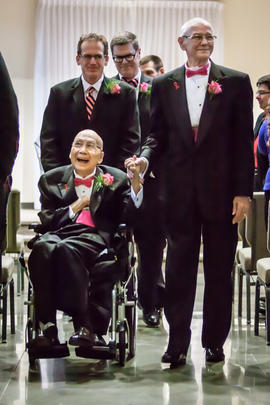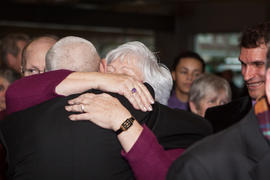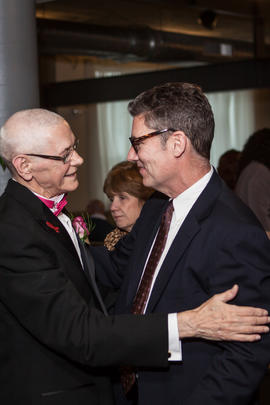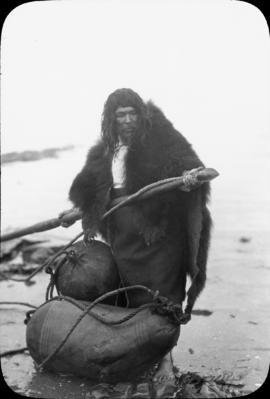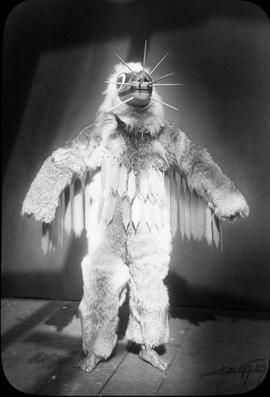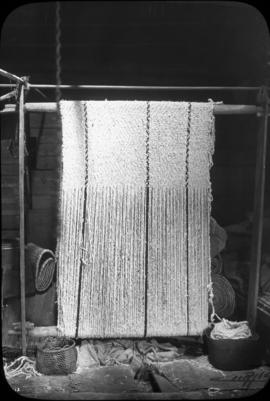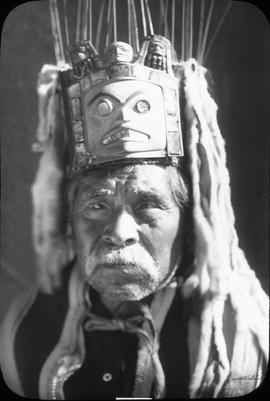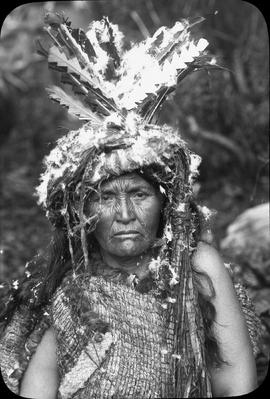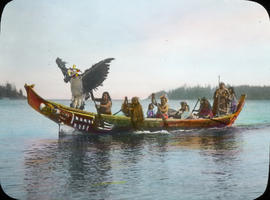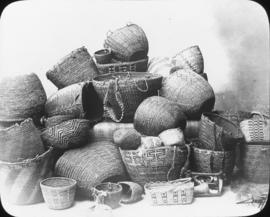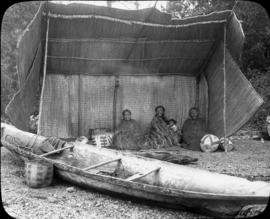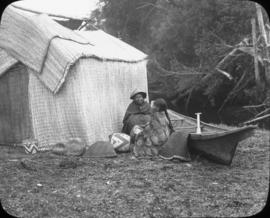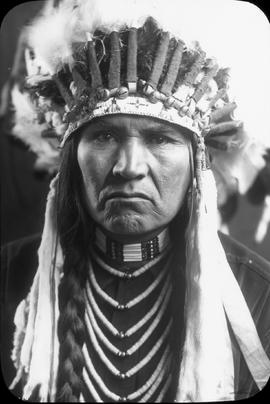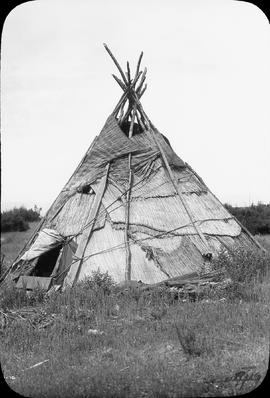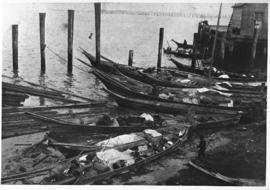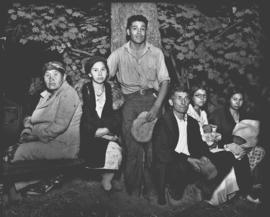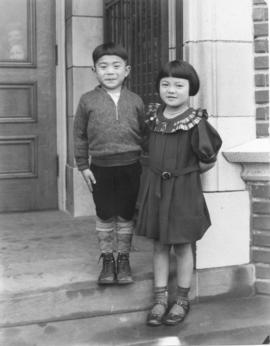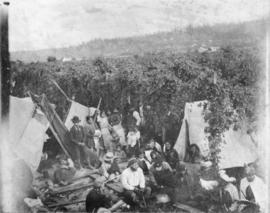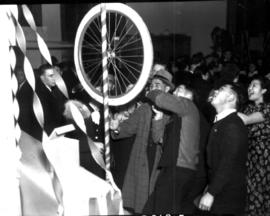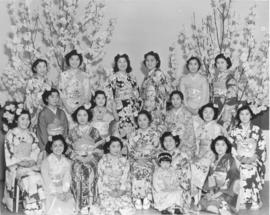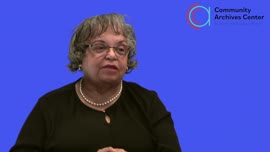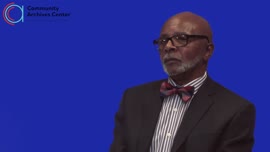In 1934, Hisasha & Ruby Kumasaka received $10,000 each in the will of 80-year-old logger Sweny Smith. Ruby, 7, and Hisasha, 5, were the children of Mr. and Mrs. Tom Kumasaka of 1706 Broadway. For eight years, the family had taken Smith into their home and taken care of him. Despite his Norwegian heritage, Smith observed the Japanese holidays, attended the Buddhist church and followed the family's customs. He spoke of the two children as his grandchildren. On his deathbed in St. Joseph's Hospital, he told the children that he was going to the Great Beyond to watch over them and their growth, and directed them to a safety deposit box in the Washington Building that contained his will leaving everything to them for their kindness. The Kumasaka family, unaware that the frugal logger had any wealth, expected only a meagre amount, but found that the will left $10,000 to each of the children. (T. Times 10/31/1934, pg. 6)
Japanese Americans--Tacoma; Children--Tacoma--1930-1940; Kumasaka, Ruby; Kumasaka, Hisasha;
